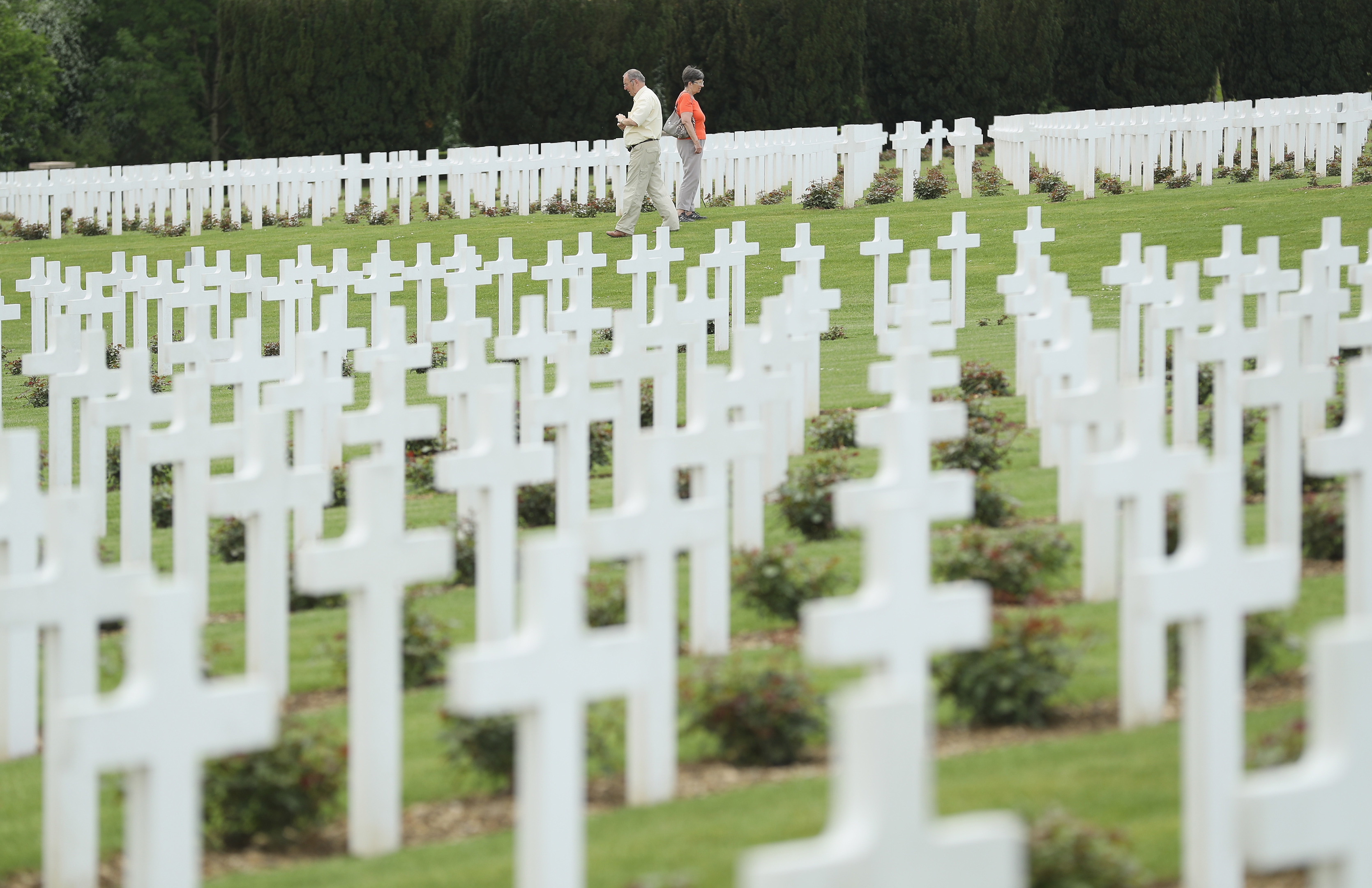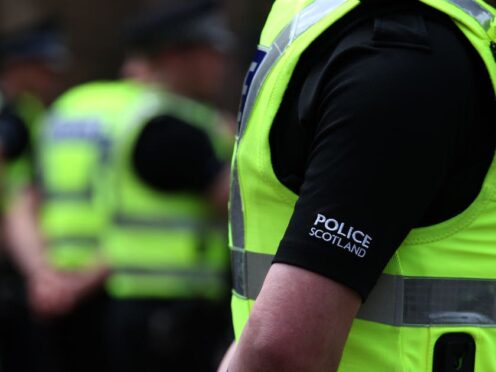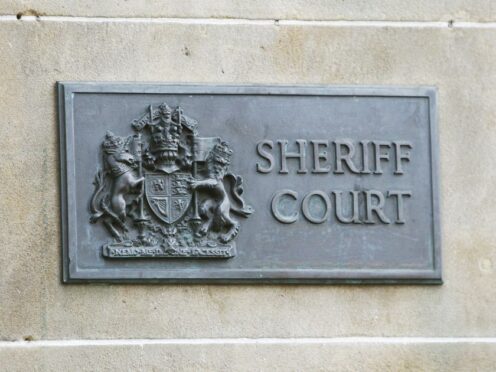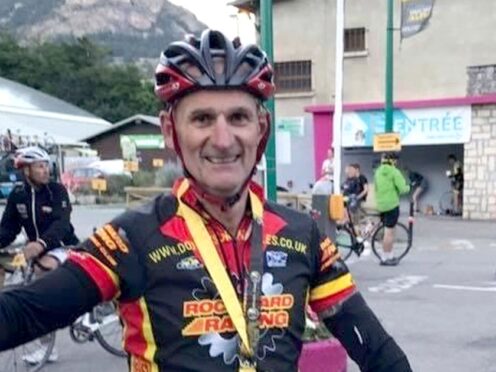Scots are being urged to visit some of the almost 20,000 war graves across the country and discover the stories behind the names of those who gave their lives in the First World War.
The Commonwealth War Graves Commission (CWGC) initiative aims to raise awareness ahead of the centenary of the Battle of the Somme on July 1.
The commission, which maintains the graves of the 1.7 million Commonwealth servicemen and women who died during the First and Second World Wars, said there are about 20,000 war graves and memorials in Scotland.
The Living Memory Project is looking for 141 UK groups to hold 141 events to mark the 141 days of the Somme offensive.
The British Army suffered 420,000 casualties in the battle, including nearly 60,000 on the first day alone. The French lost 200,000 men and the Germans nearly 500,000, according to estimates.
Newsnight presenter Kirsty Wark is an ambassador for the project and has family links with the Battle of the Somme.
She said: “I have a very personal connection with the Battle of the Somme as my great uncle, James Wark, fought for the entire 141 days of the battle.
“However, fighting during the Somme and for three years, he died from Spanish Flu just days after the Armistice in 1918.
“He had the most poignant letter in his kitbag, which the family now have, saying how much he looked forward to coming home.
“Sadly, as we know, he never made it, but thanks to the Commonwealth War Graves Commission he is buried and remembered at the Ascq Communal Cemetery in France.
“The men who fought at the Battle of the Somme did so in some of the most horrendous conditions and saw many of their fellow comrades killed or badly wounded.
“We must never forget them and instead remember these men by visiting their graves here in Scotland and finding out their stories.”
CWGC maintains graves in more than 1,200 locations in Scotland.
The majority of men and women buried or commemorated either died in a British hospital of injuries sustained during the First World War or in the influenza pandemic that followed.
CWGC director Colin Kerr said: “The overseas work of the Commonwealth War Graves Commission is well-known, but here in the UK there is little awareness of the graves and memorials to be found in more than 12,000 locations that commemorate more than 300,000 Commonwealth war dead of the two world wars.
“We believe this is wrong and through the Living Memory Project aim to reconnect the British public to their commemorative heritage on their doorstep.”









